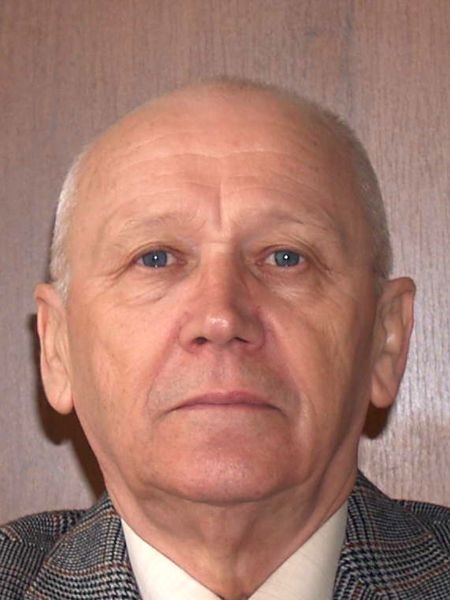
Target complex Programme for Research of NAS UKRAINE
«Development of scientific bases for hydrogen production, storage and use in autonomous energy supply systems»
Home |
Program projects |
|
Elaboration and study of materials for anodes and interconnects of lightweight solid oxide fuel cells
|
|||||||
|
|
|
Scanning electron microscopy images showing microstructural peculiarities of the tested 8YSZ–NiO anode material:
a – as-sintered state;
á – the cermet after one-time reduction in a hydrogenous gas mixture.
Fields of applications
Elaboration of the materials for solid oxide fuel cells (SOFCs) of hydrogen energetics based on their microstructural peculiarities and physical and mechanical properties taking into account the effect of reducing and oxidizing environments, which will be used in future in various industries of Ukraine, particularly at the enterprises of Virazh Ltd., UA Technology Ltd., DE “Pivdenne” in power systems for unmanned aircrafts.
Brief description
Determination of the regularities of the changes in the structural and phase state and heat resistance, hydrogen resistance and electrical conductivity of SOFC materials based of titanium composites in reducing and oxidizing environments. Investigation of the influence of the structural and phase state of the composite anode and the titanium composite interconnects with functional coatings on the heat resistance, hydrogen resistance and electrical conductivity of these materials. The choice of the best materials for the tested components of the SOFC.
Expected results
The results of the study of materials for the manufacture of anodes and interconnects of the SOFCs, obtained by the scientists of the NAS of Ukraine, create a scientific and technological basis for the production of low-weight energy conversion devices in Ukraine, in particular for the aerospace and automotive industry. In order to increase the economic efficiency of the use of the SOFCs, it is necessary to ensure their workability when using hydrocarbon fuels, such as natural gas, biogas, etc.
Advantages
Due to the use of redox-cycling of test specimens of anode material, its strength increases by 12-60%, and electrical conductivity by 50-300%. The application of titanium based MAX-phases as materials for SOFC interconnects allows to obtain advantages in density, high volumetric electrical conductivity, a significantly higher temperature range of oxidation resistance, and high resistance to the action of the hydrogen environment as compared to the traditional chromium ferrite steels of the Crofer type. The proposed material is chemically stable, while the steels of the Crofer type tend to form volatile chromium compounds that cause degradation of the SOFC cathode. The low density of the proposed material is especially important in case of application of SOFCs in automotive and aerospace industry.
Competitor
POSCO Energy fuel cell (South Korea);
FuelCell Energy, Inc. (Germany);
Bloom Energy (USA).
Project development
It has been shown that the promising for manufacturing thin-walled (≈0.5 mm) anodes-substrates of SOFCs is the material of the 8YSZ–NiO system obtained by the method of tape casting. One can expect to increase its physical and mechanical properties after redox-cycling in a Ar–5% H2 mixture. It has been established that the promising material for the manufacture of the interconnects of SOFC is Ti2AlC-based composite, which has a higher oxidation resistance than Ti3AlC2-based composite. Suitable materials for such SOFC components are also sintered Ti–Si–C composites and Ti–Al cast alloys. It is established that such materials have advantages in strength at ambient temperature in air and in high temperature (600ºC) hydrogen environment and also in oxidation resistance at 600ºC, as compared to the ferrite steels of the Crofer type used traditionally for interconnects of the SOFC. A titanium based composite allows their weight to be reduced almost twice. However, it is necessary to develop a technology for producing thin-walled (≈0.5 mm) interconnects from investigated titanium materials.
Contact information
Institute- Executor: H. V. Karpenko Physico-Mechanical Institute, National Academy of Sciences of Ukraine
Project 15 «Elaboration and study of materials for anodes and interconnects of lightweight solid oxide fuel cells»
Project leader:
 Ostash Orest P.
Ostash Orest P.
Doctor of Technical Sciences
Professor
Head, Department structural fracture mechanics
Tel. +38 032 263 51 00